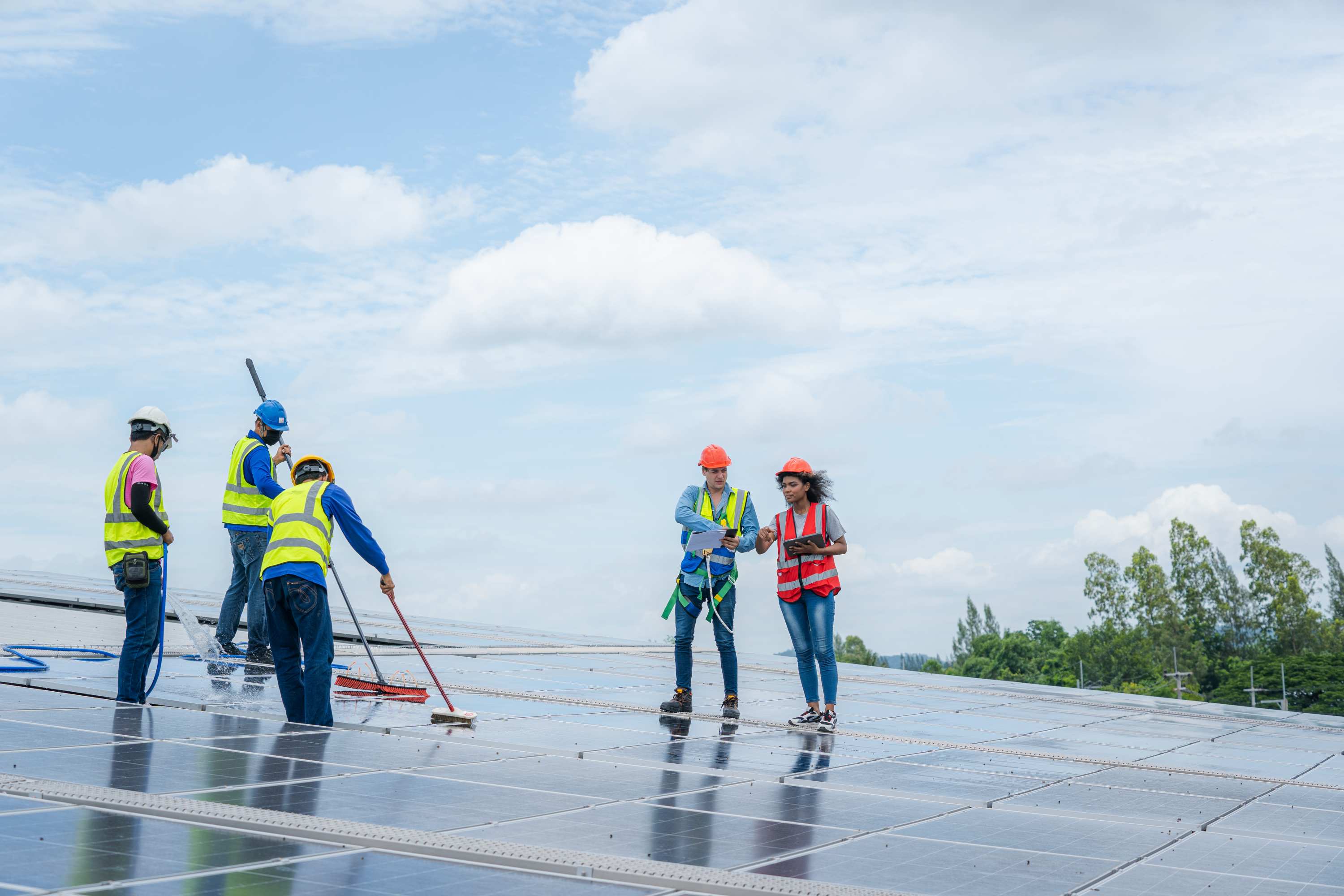Solar energy plays a central role in the global transition to sustainable power sources. With installations increasing in both residential and commercial sectors, the performance of photovoltaic (PV) systems is under increasing scrutiny. While panel orientation, shading, and panel quality are often highlighted, one critical factor is frequently underestimated: the accumulation of dirt and debris on the surface of solar panels.
Field studies and laboratory tests increasingly show that even a thin layer of dust, pollen, or bird droppings can significantly reduce solar output. This reduction in efficiency translates into financial loss over time and compromises the effectiveness of green energy investments.
Why surface cleanliness is essential for photovoltaic efficiency
Solar panels generate electricity by absorbing sunlight and converting it into energy. The surface of a panel is specifically designed to maximize light absorption. Any obstruction—whether from dust, pollution, or biological material—reduces the amount of light reaching the photovoltaic cells.
In technica
Continue Reading on Cyprus Mail
This preview shows approximately 15% of the article. Read the full story on the publisher's website to support quality journalism.
